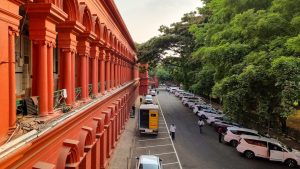


Aparna Chandra and Rishabh Sharma
Researchers working on the Indian judicial system are constantly hampered by the paucity of data on the system. Even where such data is available, its quality is often suspect (an issue this blog has had occasion to discuss earlier here and here). As such, policy making in this field is often impressionistic, relying on anecdotal evidence rather than data driven approaches. To aid researchers working in the area, in this two part blog post, we provide a compilation of publicly available empirical data sources on the Indian judicial system. All these sources contain statistical information about the judicial system. This post covers data provided by government sources. Part II covers non-governmental sources. For ease of access, links to the data sources and reports is also provided.
A. Government Sources–
The 77th report focuses on Delays and Arrears in Trial courts. Appendix 1 on page 63 onwards, provides pendency and disposal data for trial courts.
The 14th report was an early attempt to identify and resolve the issue of arrears and backlogs. A comparative study of civil suits and criminal matters is made on pages 20-23. Data on appeals referred to the Supreme Court is on pages 58-63.
If we have missed out any source, please add to the list in the comments!
About the Authors
Aparna Chandra is an Assistant Professor and Research Director, Centre for Constitutional Law, Policy and Governance (CLPG), NLU, Delhi.
Rishabh Sharma is the DAKSH-CLPG Research Fellow at CLPG, NLU, Delhi.
[ReviewDisclaimer]







© 2021 DAKSH India. All rights reserved
Powered by Oy Media Solutions
Designed by GGWP Design